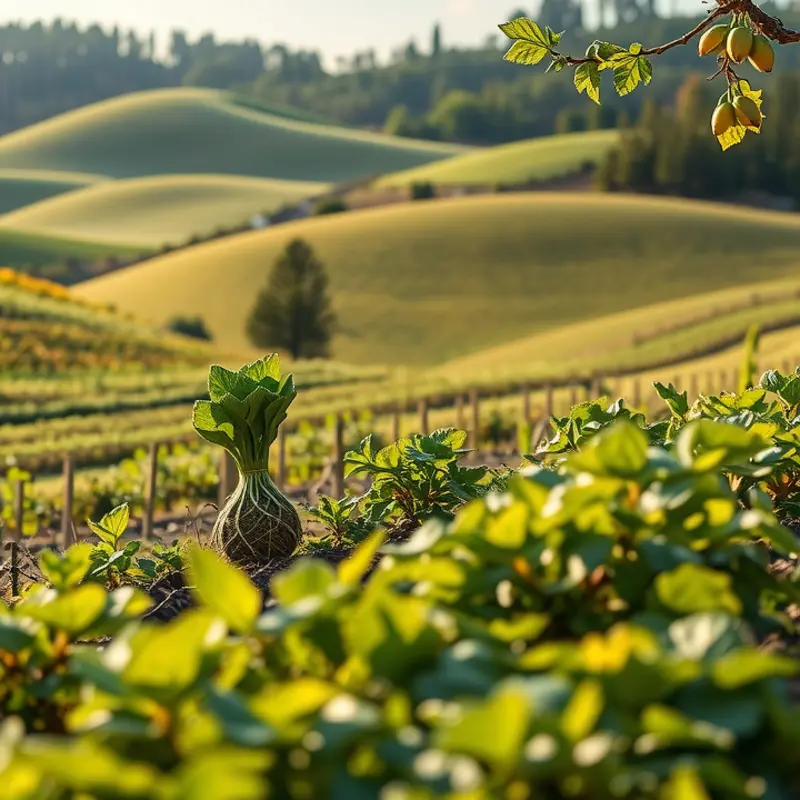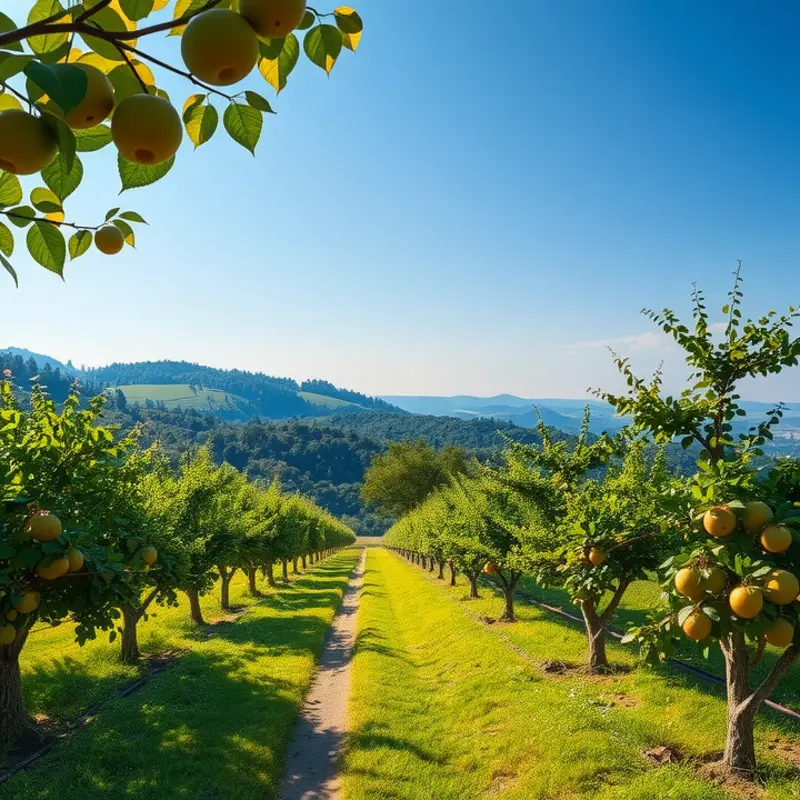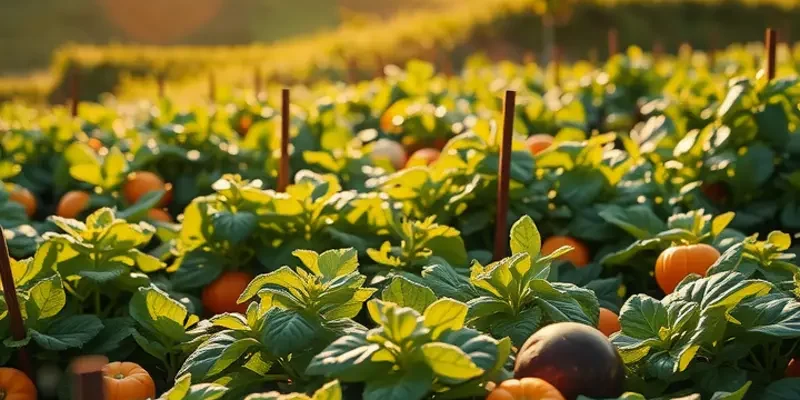The steppes of Central Asia, characterized by vast grasslands and nomadic traditions, offer a unique culinary landscape shaped by history and culture. Here, food is not just sustenance; it reflects the stories of a people deeply connected to their land and its resources. From hearty meats to vibrant grains and aromatic herbs, the steppe’s culinary customs blend flavor with tradition, inviting you to discover dishes that tell a story of resilience, hospitality, and survival.
Flavors of Tradition: The Ingredients of the Steppe

The vast expanse of the Eurasian steppe shapes its culinary identity through a distinctive palette of ingredients. Nomadic cultures have woven a gastronomic tapestry that reflects both their environment and lifestyle.
Grains form the backbone of steppe cuisine. Barley and millet are staples, often serving as the base for hearty porridges and breads. These grains are cherished not only for their nutritional value but also for their resilience in the steppe’s challenging climate.
The landscape supports a variety of livestock, making meats a cornerstone of the diet. Lamb and mutton are favored proteins, often enjoyed in stews or roasted to perfection. Fermented dairy products, like yogurt and kefir, hold a special place, both as a mealtime staple and a key component in preserving meats.
Herbs and wild vegetables add rich layers of flavor. Tarragon and dill, for instance, elevate simple dishes with their aromatic presence. In the absence of fresh vegetables, which can be scarce, these herbs infuse dishes with both flavor and fragrance.
The nomadic lifestyle demands efficient food preparation. Meals are crafted to sustain long journeys, ensuring nutrients and energy are packed into every bite. Traditional preservation methods, such as drying and fermenting, play a vital role, allowing families to store food for extended periods.
Communal dining punctuates the daily rhythm of life on the steppe. Shared meals foster a deepened sense of connection and community. The table becomes a meeting point where stories are exchanged and bonds are strengthened over bowls of nourishing soup or platters of meat.
To further explore ingredients that pack flavor without relying on traditional seasonings like salt, you might find it helpful to check out alternative flavor boosters here.
The cuisine of the steppe is not merely a collection of recipes but a reflection of a people harmonizing with their land. Each ingredient and method holds significance, grounded in the traditions of survival, sustenance, and the shared joy of a communal meal.
From Hearth to Table: Cooking Techniques and Rituals

In the vast stretches of Eurasia’s steppes, culinary traditions are as rich as the landscapes are expansive. Cooking here is as much about technique as it is about the communal rituals that accompany the preparation and consumption of food. The steppe’s unique geography and lifestyle necessitated the development of specific cooking methods that have been passed down through generations, creating a vibrant tapestry of flavors and social customs.
A central feature of steppe cuisine is the use of open-fire grilling, a method born of necessity in nomadic cultures where portability and efficiency are paramount. This technique not only imbues foods with a distinctive, smoky flavor but also fosters a communal atmosphere. Families and friends gather around the fire, sharing stories and laughter as they cook. Signature dishes often prepared this way include skewered meats and vegetables, which are enjoyed fresh off the grill.
Another essential technique is steaming, particularly for dishes such as Manty, hefty dumplings filled with seasoned meat and onions. Steaming helps retain the moisture and natural flavors of the ingredients, offering a tender and succulent bite. Traditionally, these dumplings are prepared in large batches, with each family member participating in folding the dough and stuffing the filling. The process is as much a social event as it is a culinary task, reflecting the communal essence of steppe culture.
Beshbarmak, often considered the national dish of Kazakhstan, is a true celebration of steppe culinary technique and ritual. This hearty dish consists of boiled meat, typically beef or horse meat, served atop wide noodles. The preparation ritual involved in Beshbarmak is a testament to the communal values of steppe societies. The name itself means “five fingers,” as it is traditionally eaten with one’s hands, emphasizing the shared dining experience. The presentation on a communal platter invites diners to gather closely, fostering connections through the simple act of eating together.
Plov, a rice dish central to many Central Asian cuisines, showcases the steppe’s ability to blend simplicity with robust flavors. Cooked in a kazan, a large cast-iron pot over an open flame, Plov combines rice with meat, carrots, onions, and a rich palette of spices. The slow cooking method allows flavors to meld, producing a comforting, satisfying dish. This one-pot wonder is often prepared for large gatherings, where it serves not just as sustenance but as a symbol of hospitality and togetherness.
Rituals surrounding these meals are deeply linked to the social fabric of steppe communities. Food is a conduit for hospitality, respect, and friendship. Hosting a meal is an honor, and guests are treated with the utmost regard. The communal preparation and consumption of food serve to strengthen bonds, turning meals into cherished events that nurture both body and soul.
To explore how ancient culinary influences continue to shape modern traditions, visit this insightful article that delves into the impact of trade on global cuisine. These cooking techniques and rituals from the heart of Eurasia not only sustain the body but also fortify the enduring spirit of community.
Final words
The culinary customs of the steppes reveal a world where food is intertwined with the very essence of cultural identity. The use of natural ingredients, age-old cooking techniques, and the communal spirit exemplify how cuisine can tell the story of a people. Appreciating these traditions invites us not only to taste diverse flavors but also to embrace the values of hospitality and continuity that have been passed down through generations. Whether it’s savoring a bowl of rich Plov or sharing a hearty meal with friends, engaging with the culinary traditions of the steppes allows for a deeper understanding of this remarkable culture.








